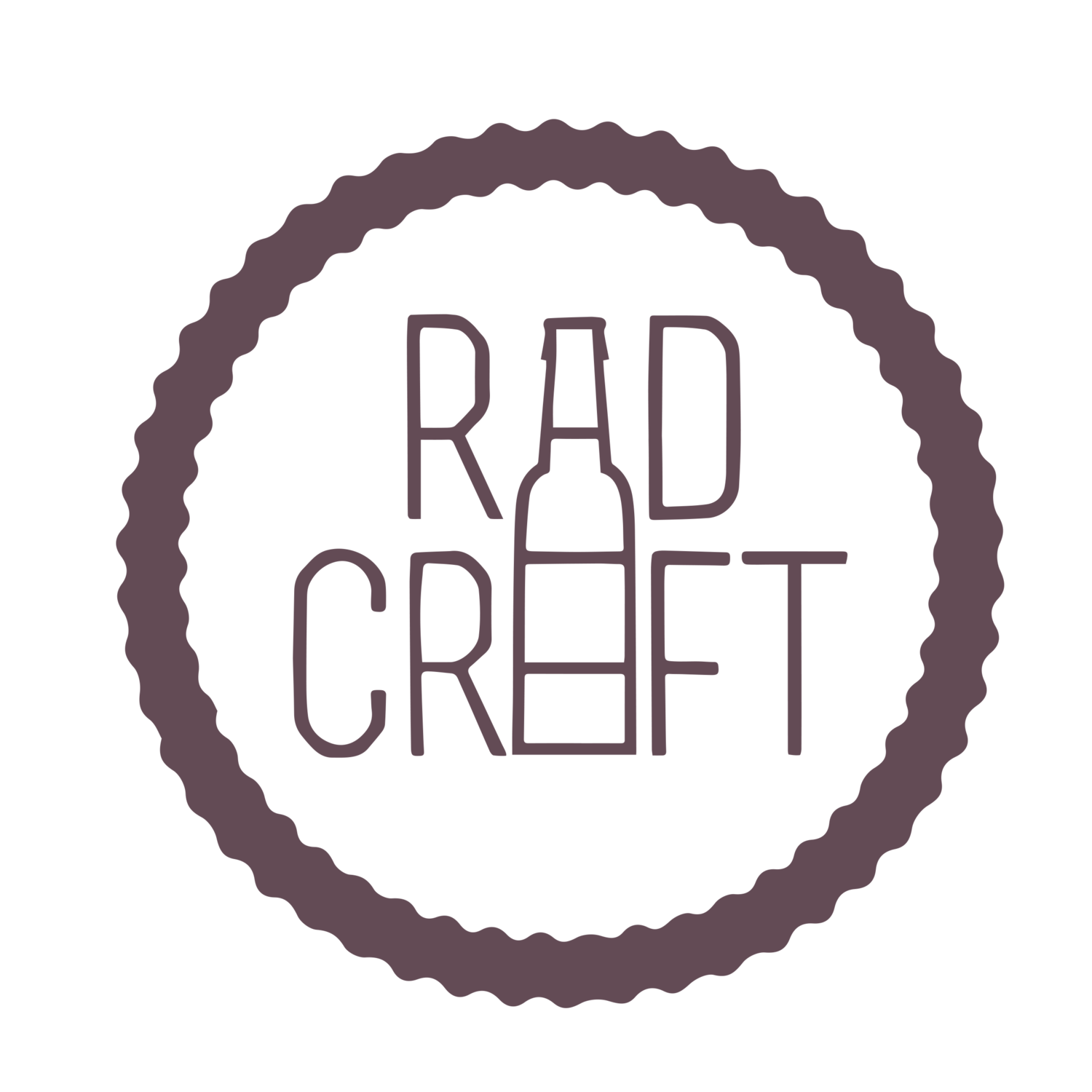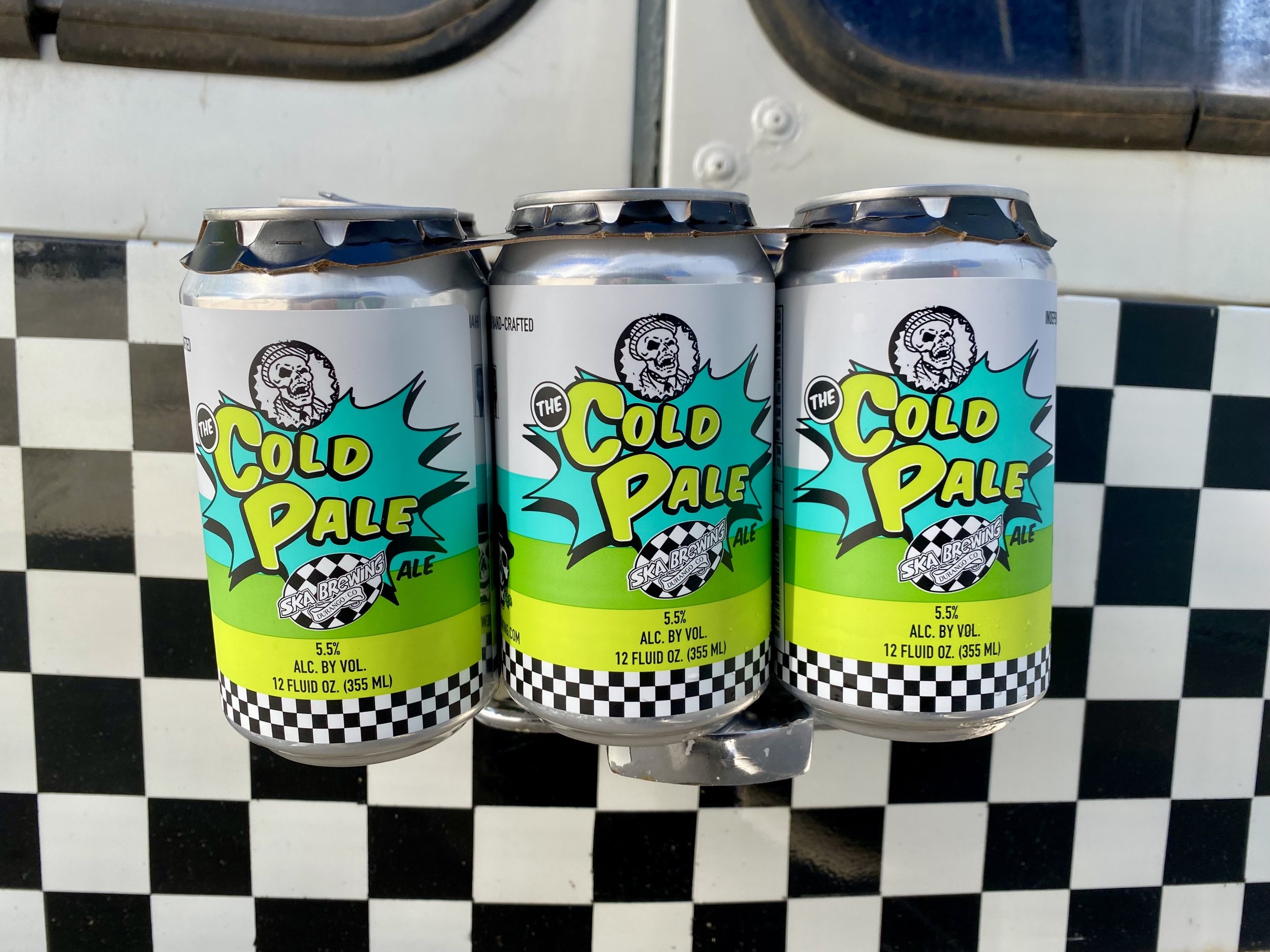Cold IPA Today; What’s New Tomorrow? Beer Experts on Inventing New Beer Categories and Exploring ‘Hybrid’ Styles
As the craft brewing industry continues to evolve, ‘hybrid beers’ and new styles aren’t just inevitable; they’re electrifying.
By Emily Hutto and Karson Krouse
The modern brewing industry is rooted in experimentation. So many of the beer style categories we know today exist because someone dreamt them, and gave them a shot in the brewhouse. And then, adjusted batch over batch over batch over batch until those dreamt flavors, aromas, and mouthfeel became reality.
When we first began to tackle this editorial about innovative beer styles, we often called them ‘hybrid beers’— expressions often the result of combining brewing practices for both ales and lagers. Take a German-style Kölsch, for example. One of the oldest examples of brewhouse experimentation originating in Cologne,— and one of the most crowd pleasing over its long history— this style is typically fermented with ale yeast at cold temperatures. It’s been around long enough to be recognized with specific characteristics in beer style guidelines, such as those established by the Beer Judge Certification Program (BJCP), North American Brewers Association, and the Brewers Association. The German-style Kölsch is light in the paler side of beers (often straw colored), low on the bitterness scale, and with an alcohol level slightly lower than your average ale. It’s most often brewed with German Noble hops and Pilsner malt. Some great American examples of the style are the classic Colorado Kölsch made by Steamworks Brewing, Zipline Brewing’s German-style Kölsch, and Captain Lawrence Brewing Co.'s Clearwater Kölsch.
Photo courtesy Steamworks Brewing
In the example of Kölsch, ‘hybrid’ beer styles provide opportunities for small craft brewers to experiment stylistically despite constraints of their facilities. Julia Herz, the Executive Director of the American Homebrewers Association, explained this opportunity in episode 2 of the RadCraft Industry Relief Podcast. “The whole notion of [American] breweries on a small level [historically] not being able to craft lagers is actually a truism in a sense; they’re more expensive, you don’t necessarily have lagering tanks, and they take longer to ferment,” she said.
Photo courtesy Julia Herz
But now, she poses, craft brewers are experimenting not out of necessity but instead curiosity. “You're seeing craft brewers say we’ve got all the equipment we can do all these things, let's do some things that will take people to even a deeper place for flavor in beer.”
One of these “deeper flavor places” has been the recent development and craze around Cold IPA (and Pale Ale too). Generally, a Cold IPA is a dry, crisp, and clean IPA that has the flavors of both the bitterness from hops as well as the flavors from hop oils. We’d call Cold IPA a ‘hybrid beer’ because opposite of Kölsch, it employs lager yeast fermented longer at warmer temperatures. Josh Weikert of Craft Beer & Brewing Magazine suggests that this can be tricky because you have to find certain lager yeasts that can withstand the higher temperatures. Typically, the grain bill for Cold IPAs has a light Pilsner base that also relies on subtle sweetening from corn or rice. “As a ‘proper’ Cold IPA should,” Arbieter Brewing Company says of their seasonal flagship, “Cold Classic gives the impression of having body and chewiness to it but this perception comes from the alcohol content and hop oils, not residual sugar from the malt!”
Of the many brewers we talked to about Cold IPA, John Able of Citizen 33, said that the aim in brewing this brew style is to let the hops shine. Able also pointed out that with any beer style, the nuances and associated guidelines are not static. “Sometimes I drink a ‘Cold IPA’ and I think this tastes like a Dry Hopped Pilsner. Beer names can mean everything and also nothing.”
At the MaltCon2024 conference, Master Cicerone Jen Blair declared that “not every beer fits neatly into a beer style.” And most importantly, she suggested after comparing several examples from BJCP and the Brewers Association, THAT’S OKAY.
Blair’s presentation reinforced the need for rigid beer styles in judging and awards programs, and equally the need for flexibility from brewhouse to brewhouse. When our community has space for curiosity and innovation, incredible sensory experiences are the result.
As the craft brewing industry continues to evolve, ‘hybrid beers’ and new styles aren’t just inevitable; they’re electrifying. They breathe new life into otherwise forgotten categories, and they give brewers a reason to collaborate. Like Herz, we’re all in. “The exploration continues,” she added. “Inventing new styles is one of the best things… sign me up to brew these styles.”
Crisp, Cold Pale By Ska Brewing Hits Shelves Year-Round
Ska Brewing Cold Pale will be added to a revamped winter mix pack that also includes Euphoria Pale Ale, Modus Hoperandi, and Ska Lager.
DURANGO, CO— Ska Brewing combined the best of all the beer worlds in their latest release, Cold Pale. This incredibly crushable Pale Ale is crisp and refreshing, and now available year-round.
“Pale Ale is my litmus test when I go to a brewery,” says Ska Brewing Co-Founder and CEO Dave Thibodeau, “so when we went to create a mainstay Pale Ale at Ska, especially because we don’t already have this style available all year, we did a lot of research and development to get the hop profile exactly where we wanted it to be. A lot of people appreciate hops but don’t want a super bitter beer, and they also don’t want a 6 to 8% IPA all the time. At Ska we like to have more than one beer in a sitting, so it seemed natural to make something more drinkable.”
The result is Cold Pale— subtle enough for people who prefer lagers over hoppy beers, and unique in hop profile to satiate those who do.
This new style category of Cold IPA and Pale Ale is brewed with lager yeast strains at cold temperatures. They’re crisp like lagers with much less ester-y aroma that’s produced by ale yeast. Cold Pale is the result of years of experimentation with hopping schedules— from kettle to early fermentation to dry hopping. Ska’s brewing team added Tettnang and Columbus hops as early fermentation additions that through biotransformation yield melon and grape flavors and aromas that these spicy, citrus-y hops wouldn’t typically produce with ale yeast. It’s then dry hopped with classic C hops (Cascade, Chinook, and Centennial) that layer on pine and fresh citrus notes. It’s a crispy, easy drinker that weighs in at 5.5 percent ABV.
Cold Pale joins Ska’s canned beer lineup this fall alongside Ska’s new Mexican-style Cold IPA, another lager yeast fermented ale recipe made with the same Mexico City-sourced yeast strain as Mexican Logger as well as agave and flaked blue maize.
Cold Pale is available in canned 6-packs across Ska’s national distribution footprint, and on tap now at the brewery World Headquarters in Durango, Colorado. This beer will also be added to a revamped winter mix pack that also includes Euphoria Pale Ale, Modus Hoperandi, and Ska Lager.
Media inquiring about Ska’s biotransformation research, Cold Pale and IPA experimentation, and any other Ska beers that pique their interest can contact Emily Hutto at hutto@radcraftbeer.com.
ABOUT SKA BREWING
Based in Durango, Colorado, Ska Brewing was founded in 1995 and produces more than a dozen award-winning beers fueled with Ska music, and lots of it. Pioneers in the canned craft beer movement, Ska Brewing is known for an array of styles in 12 oz cans that include True Blonde, Modus Hoperandi and Rue B. Soho. For information, music, and a good time, visit www.skabrewing.com.






